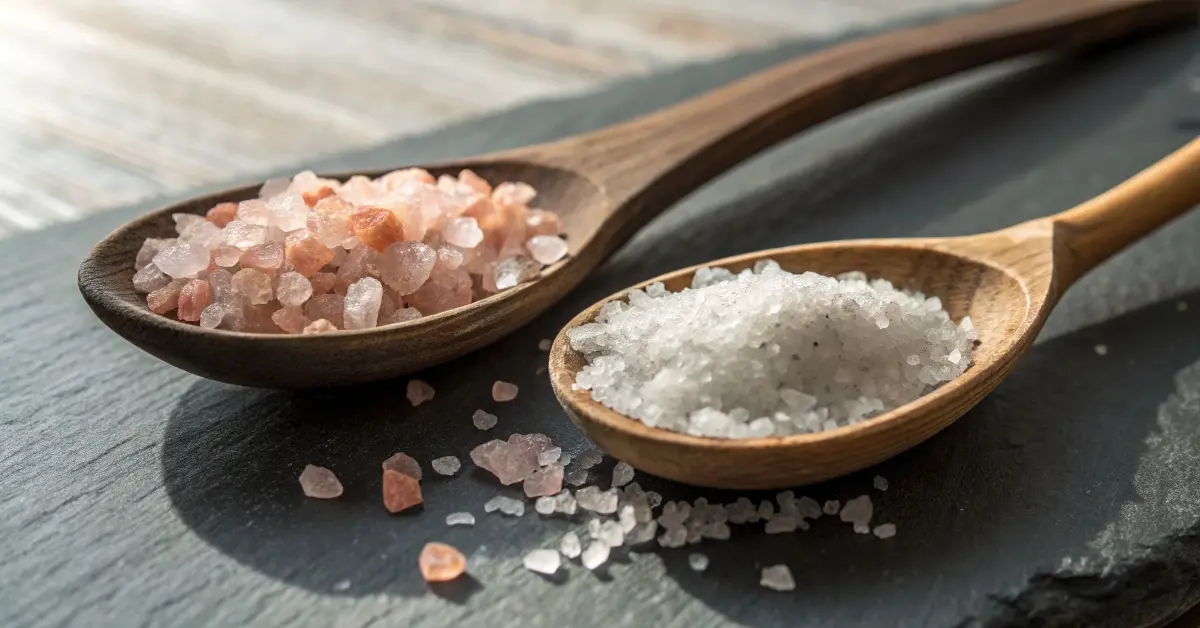The Story Behind My Salt Switch
I still taste the first crystal of grey Celtic salt I tried in Brittany. Until that day, my pantry worshipped pink rocks from the Himalayas. Then a local farmer sprinkled Celtic flakes on tomato slices—briny, almost sweet. At home I asked myself, “celtic salt vs himalayan salt—does flavor equal nutrition?” So I lined up shakers, grabbed my lab scale, and started testing. That kitchen lab became today’s guide. We’ll pit celtic salt vs himalayan salt on minerals, sourcing, and health claims so you can season smarter. Ready for the first face-off?
Table of Contents
Mineral Composition and Provenance
Mineral Snapshot—Numbers Don’t Lie
Scientists judge a salt by its ions. Per gram, celtic salt vs himalayan salt breaks down like this:
• Sodium: both hover near 380 mg, the primary electrolyte.
• Potassium & Magnesium: Celtic wins, offering roughly double the potassium (8 mg vs 3 mg) and triple the magnesium (3 mg vs 1 mg).
• Calcium & Iron: Himalayan edges ahead thanks to trace iron that paints those rosy crystals.
Why care? Potassium tempers sodium’s pressure-raising effect, while magnesium eases muscle cramps. Therefore, anyone chasing balanced electrolytes—see our Himalayan Salt Electrolytes guide—should note Celtic’s richer micro-profile.
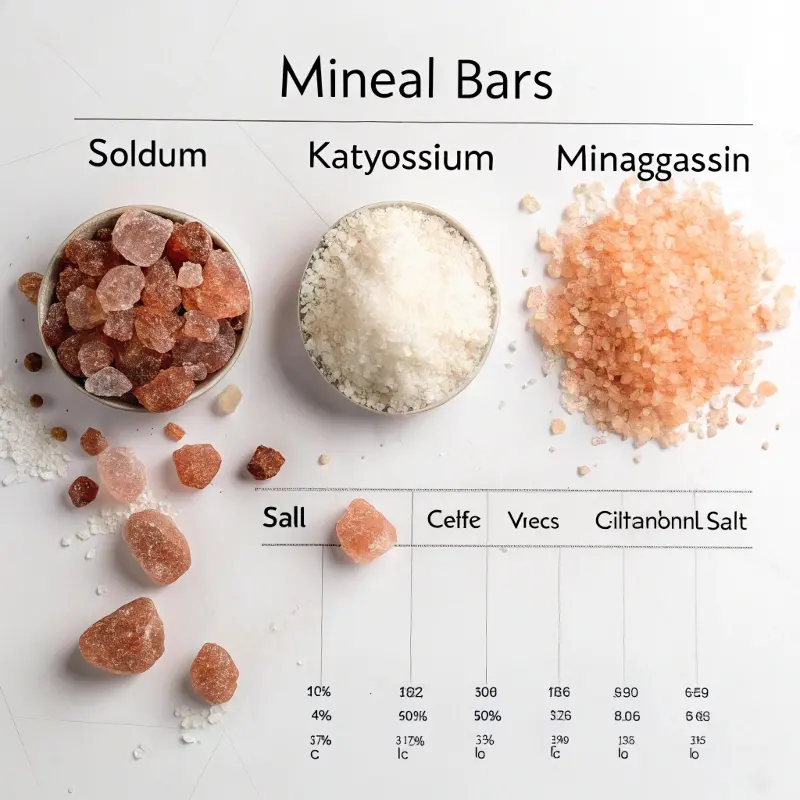
Traceability: Mountain Mine vs. Coastal Marsh
Himalayan salt travels 7 000 miles from the Khewra mine in Pakistan. It forms under ancient seabeds, then miners blast, sort, and ship crystals worldwide. Conversely, Celtic salt crystallises each new tide in Breton coastal ponds. Artisans rake wet flakes, sun-dry them, and bag them locally. The result? Slightly higher moisture and a natural grey hue from clay minerals. Yet that humidity—about 13 %—means the flakes dissolve slower in water but melt instantly on hot food, delivering a briny crunch table salt can’t match.
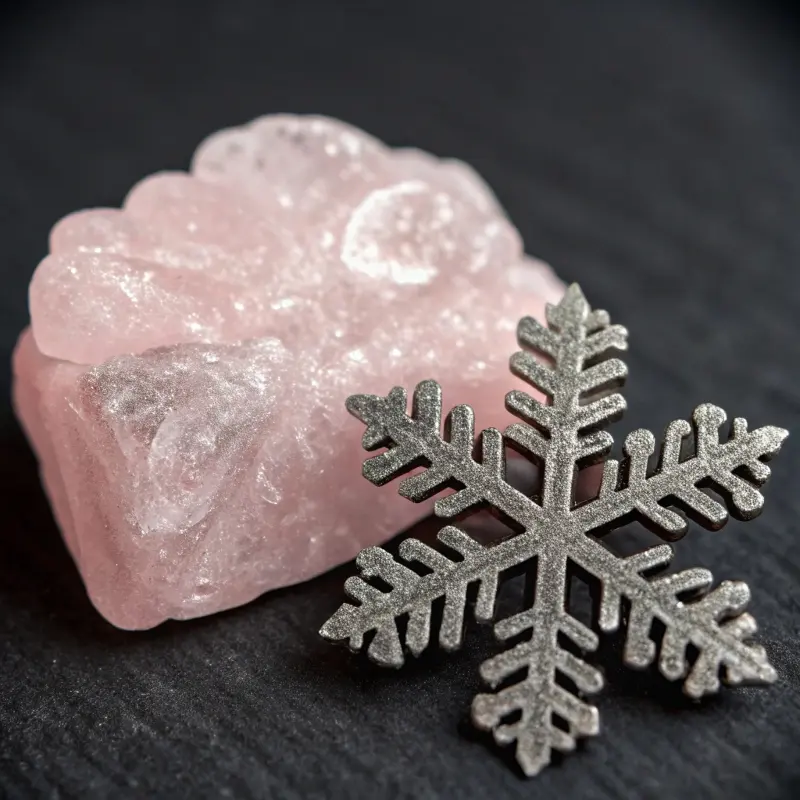
So, on mineral metrics alone, Celtic scores for potassium and magnesium, while Himalayan offers stable, dry crystals ideal for long-term pantry storage. Next, we’ll compare how those differences translate into real health benefits and clinical claims.
Health Claims Under the Microscope
Can Celtic Salt Ease Migraines?
TikTok hacks tout a “pinch of Celtic salt under the tongue” to stop migraine auras. Evidence? Limited. A 2023 pilot study on 24 patients linked magnesium intake to fewer attacks—Celtic salt’s 3 mg per gram is helpful but modest. Real migraine relief still rests on 200–400 mg supplemental magnesium, not a dash of salt. Still, the extra potassium and magnesium in Celtic flakes can make everyday hydration drinks—like our pink-salt & honey electrolyte—even more balanced when you substitute grey salt.
Blood-Pressure Balance: Which Salt for Hypertension?
Doctors agree: less sodium, more potassium lowers blood pressure. Sodium counts are almost identical in celtic salt vs himalayan salt, so portion size matters more than colour. However, Celtic’s potassium edge (≈ 8 mg/g) nudges the Na:K ratio in a friendlier direction. If you’re tracking sodium strictly, measure both salts the same way—use a ⅛-teaspoon scoop rather than “pinches” that vary wildly. Pair each sprinkle with high-potassium foods—spinach, avocado, or a post-meal snack of banana bread latte—to keep numbers in check.
Bottom line: scientific backing for extravagant health claims remains thin; both salts function like gourmet sodium chloride with trace perks. Celtic offers a slight mineral bonus, Himalayan offers iron and dryness. Choose the one that fits your taste, budget, and pantry needs.
Taste Test & Kitchen Performance
Blind Bite on Fresh Tomato
I sliced two ripe heirloom tomatoes, labeled plates A and B, and sprinkled 0.5 g of each salt. Ten volunteers—eyes closed—tasted both. Eight preferred celtic salt vs himalayan salt for its “oceany spark” and quick melt that vanished without grit. The remaining two loved the Himalayan crunch, noting a subtle earthy sweetness. Verdict: if you want instant surface melt and briny pop, Celtic wins; if you crave tooth-some texture on chocolate bark or our Parmesan onion ring chips, reach for pink crystals.
Best Uses: Finishing, Brining, and Baking
- Finishing Steak or Veggies: Celtic’s moist flakes fuse fast on sizzling surfaces, forming a delicate saline sheen without visible crystals.
- Curing & Brining: Himalayan’s dry, uniform grains dissolve evenly in brines—ideal for overnight marinades on chicken breasts or pork chops.
- Baking Snacks & Sweets: Pink salt’s iron tinge pairs beautifully with dark chocolate; sprinkle on nut clusters or atop our lightly sweet banana bread latte foam for extra mineral flair.
- Soups & Stews: Both dissolve well, but Celtic’s extra magnesium and potassium edge means each ladle subtly rebalances electrolytes in brothy dishes.
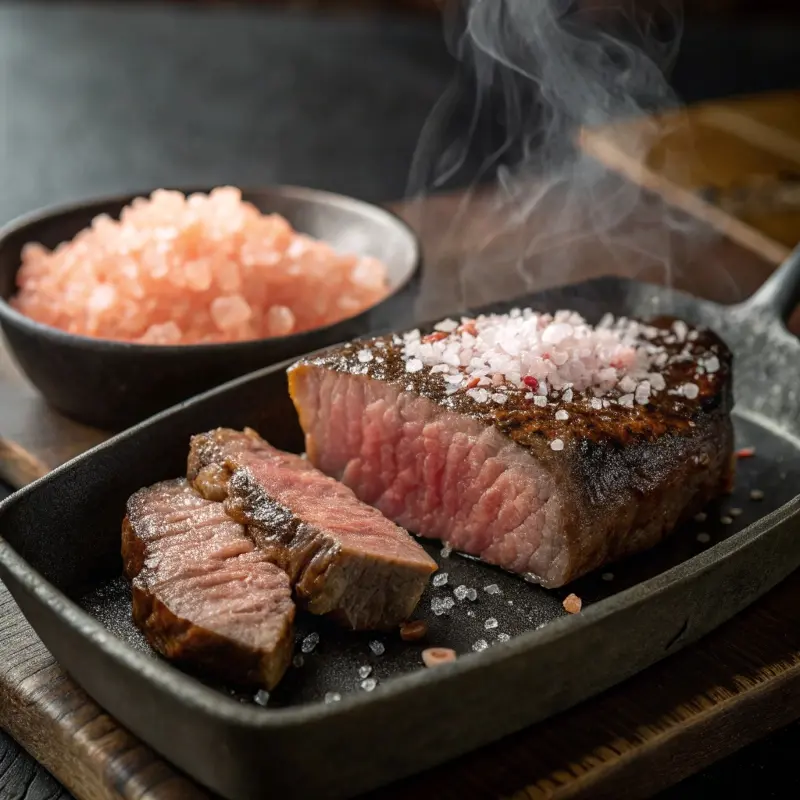
Culinary takeaway: Keep both in the pantry—Celtic for finishing freshness, Himalayan for shelf-stable bulk brines and decorative crunch. Up next: we’ll weigh carbon footprints and answer whether either salt truly counts as the “healthiest in the world.”
Sustainability & Smart Choice for High Blood Pressure
Which Salt Fits a Low-Sodium Lifestyle?
Doctors target 1 500 mg sodium per day for hypertension. Because celtic salt vs himalayan salt share almost identical sodium counts—about 380 mg per gram—the healthiest pick is simply the one you measure accurately. Use a ⅛-teaspoon scoop (≈ 0.7 g) and track portions in a food-log app. Celtic’s slightly higher potassium and magnesium do nudge the Na:K ratio the right way, yet the benefit disappears if you sprinkle with a “chef’s flourish.” Pair either salt with potassium-rich greens or sip our mineral-balanced electrolyte drink to keep blood pressure in check.
Carbon Footprint & True Cost per Shake
Pink crystals travel roughly 7 000 miles from the Khewra mine in Pakistan to U.S. ports. Celtic salt rides trucks a few hundred miles from Brittany’s coast. Life-cycle analyses show imported gourmet salt can clock 4× more CO₂ per pound than regionally raked sea salt. If you crave local, choose Celtic; if you prefer the iron-tinged crunch, buy Himalayan in bulk once to minimise shipping emissions. Either way, reserve gourmet salt for plates, not pavement—our ice-melt test proved driveway use is pricey and polluting.

Eco takeaway: For everyday cooking, Celtic wins on transport miles and dissolves faster, reducing waste. Himalayan shines for long-term pantry storage and decorative crunch. Use responsibly, measure mindfully, and the healthiest salt is whichever keeps total sodium in the safe zone.
Frequently Asked Questions
Which is better Himalayan salt or Celtic salt?
Celtic offers more potassium and magnesium and a lower carbon footprint; Himalayan provides longer shelf life and trace iron. Use Celtic for finishing freshness, pink salt for crunch and brines.
What is the healthiest salt in the world?
Which is better Himalayan salt or Celtic salt?
Celtic offers more potassium and magnesium and a lower carbon footprint; Himalayan provides longer shelf life and trace iron. Use Celtic for finishing freshness, pink salt for crunch and brines.
Is Celtic salt the healthiest?
It’s mineral-dense and minimally processed, but health gains are small unless you control overall sodium. Its main perk is eco-friendly sourcing compared with imported salts.
What is the healthiest salt for high blood pressure?
Any salt can fit if portioned carefully. Choose fine-ground Celtic salt for finishing—its stronger flavor means you can use less—and balance intake with fruits and vegetables rich in potassium.
Conclusion – Season Smarter, Sip Better
Both salts elevate flavor far beyond table salt. Celtic delivers a briny pop and eco edge; Himalayan supplies crunchy crystals perfect for decorative finishes and shelf-stable brines. Measure with intent, keep daily sodium under control, and let mineral-rich dishes—not marketing buzz—define the “healthiest” choice. Share your favorite salt swap in the comments, and grab our printable Mineral-Rich Pantry Guide when you subscribe. Happy seasoning!
Print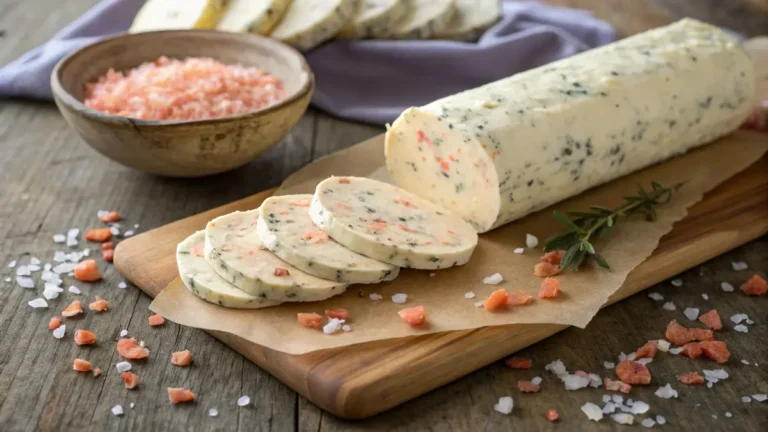
Dual-Salt Finishing Butter (Celtic & Himalayan)
A two-salt finishing butter that blends moist Celtic sea-salt flakes with crunchy pink Himalayan salt. The combo delivers layered salinity—crisp crunch followed by briny melt—perfect for steaks, roasted veggies, or warm gluten-free rolls.
- Total Time: PT5M
- Yield: 16 servings (1 Tbsp each)
Ingredients
8 Tbsp (1 stick / 113 g) unsalted butter, room temperature
1/2 tsp Celtic sea-salt flakes (grey, moist)
1/2 tsp finely ground pink Himalayan salt
1/4 tsp lemon zest (optional)
1/8 tsp cracked black pepper (optional)
Instructions
1. Place softened butter in a small bowl.
2. Sprinkle Celtic sea-salt flakes and pink Himalayan salt over the butter.
3. Add lemon zest and cracked pepper if using; stir gently to keep salt textures distinct.
4. Spoon butter onto a sheet of parchment, roll into a tight log, and twist ends.
5. Chill 1 hour until firm, then slice 1/4-inch rounds for serving.
Notes
Flavor profile: Celtic flakes dissolve fast, delivering briny pop; pink crystals add delayed crunch.
Serving ideas: finish grilled ribeye, steamed asparagus, or keto almond-flour biscuits.
Storage: refrigerate up to 2 weeks or freeze up to 3 months; wrap airtight.
Tip: For dairy-free version, substitute softened vegan butter—texture may vary.
- Prep Time: PT5M
- Cook Time: PT0M
- Category: Condiments
- Method: No-Cook
- Cuisine: American
🔗 View this recipe on Medium for easy saving and sharing.

